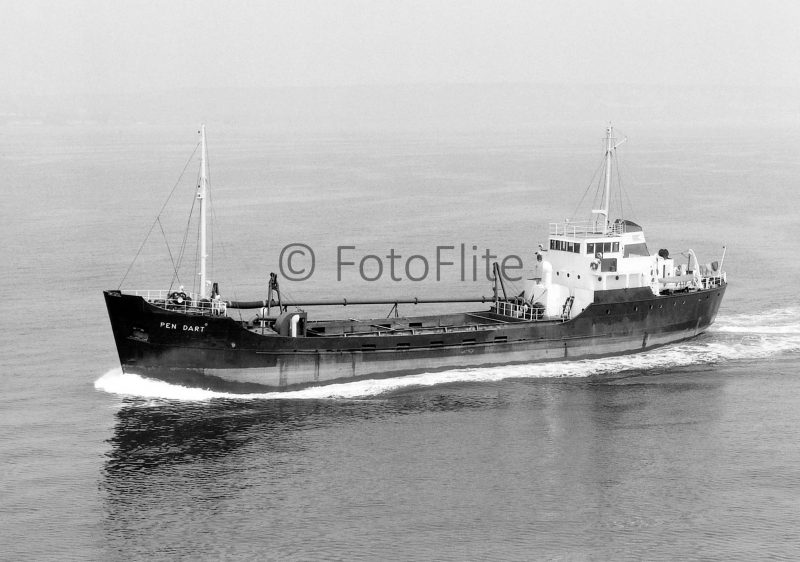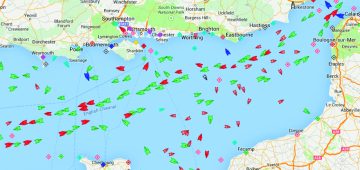Dredged Gold from the Sea

The United Kingdom has by far the largest offshore sand and gravel dredging industry in Europe, with royalties to the Crown Estate for the licensed areas at around £14.3 million per year. Around twenty million tonnes of aggregates are dredged up each year, of which twelve million tonnes are landed at wharves in England and Wales as construction aggregates, five million tonnes in Europe as construction aggregates, and three million tonnes are used for offshore reclamation of land, beaches and shoreline via boom discharge.

There were literally dozens of British sand and gravel companies supplying the construction industries with ready mixed concrete. The sea aggregates businesses operated from the Clyde, Tyne, Mersey, Humber, East Anglia, Thames, South Coast ports and particularly Southampton, as well as from both sides of the Bristol Channel. Space does not permit the inclusion of all these companies, fortunately takeovers and the process of international rationalisation has whittled their numbers down to the present five major groupings. One smaller company whose dredgers had the most distinctive and colourful funnels and houseflags was Hoveringham Gravels Ltd., which operated their dredgers from the Thames. They had vivid orange funnels and houseflags, both showing a large woolly mammoth. This was due to finding a large section of a tusk of a woolly mammoth at their quarry at their base of Nottingham in 1953.
Subscribe today to read the full article!
Simply click below to subscribe and not only read the full article instantly, but gain unparalleled access to the specialist magazine for shipping enthusiasts.

Subscribe today to read the full article!
Simply click below to subscribe and not only read the full article instantly, but gain unparalleled access to the specialist magazine for shipping enthusiasts.



Comments
Sorry, comments are closed for this item